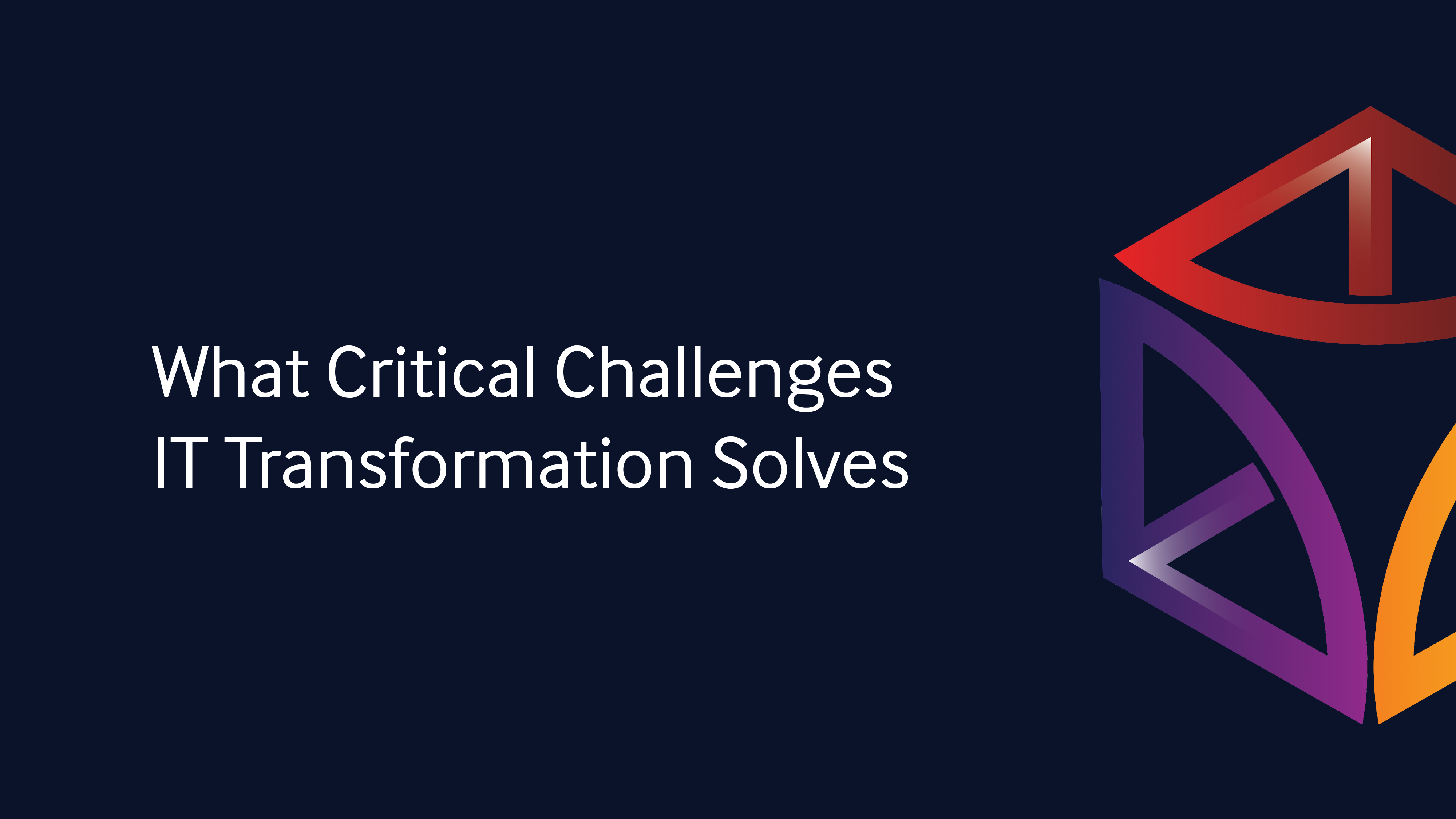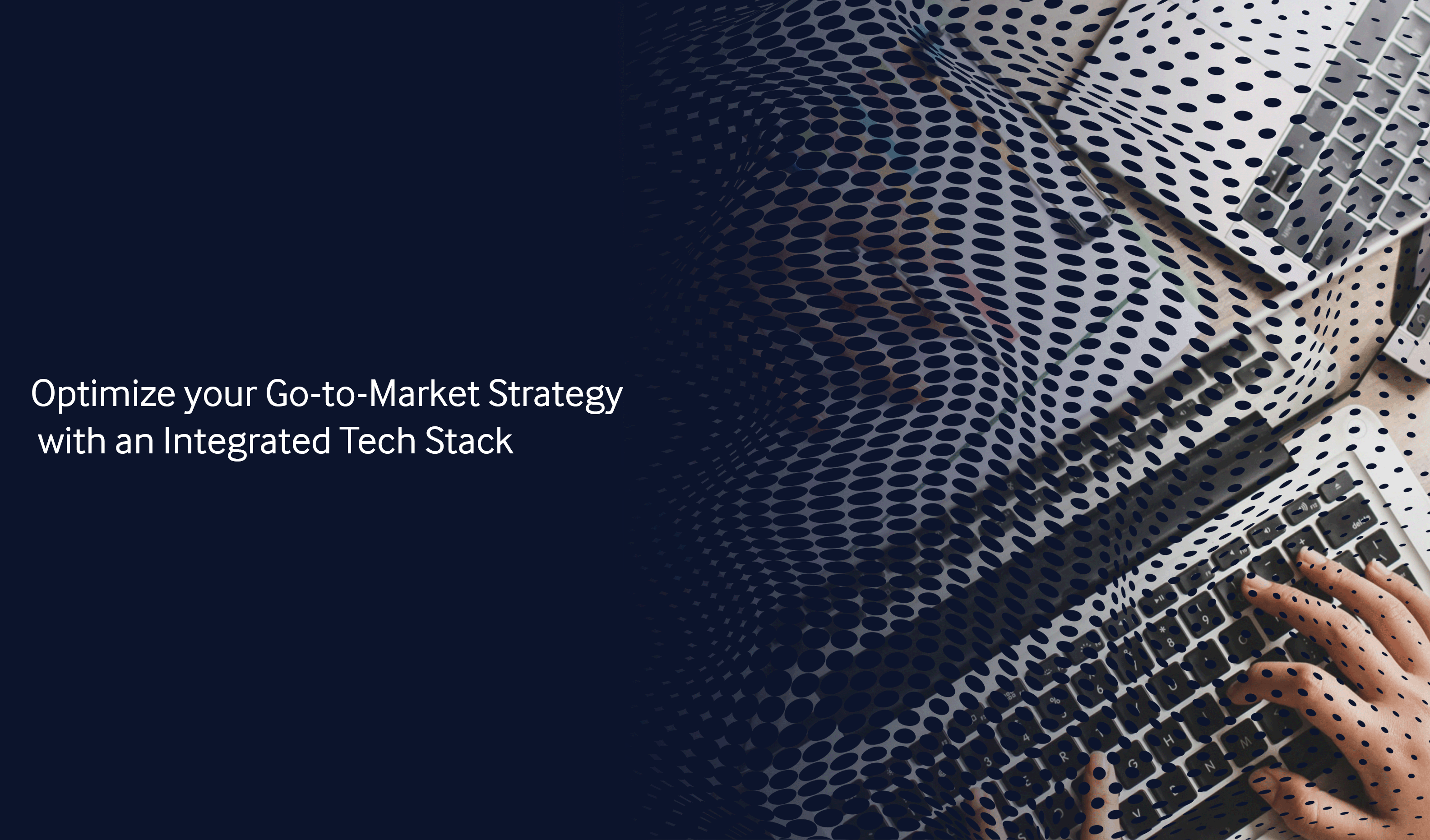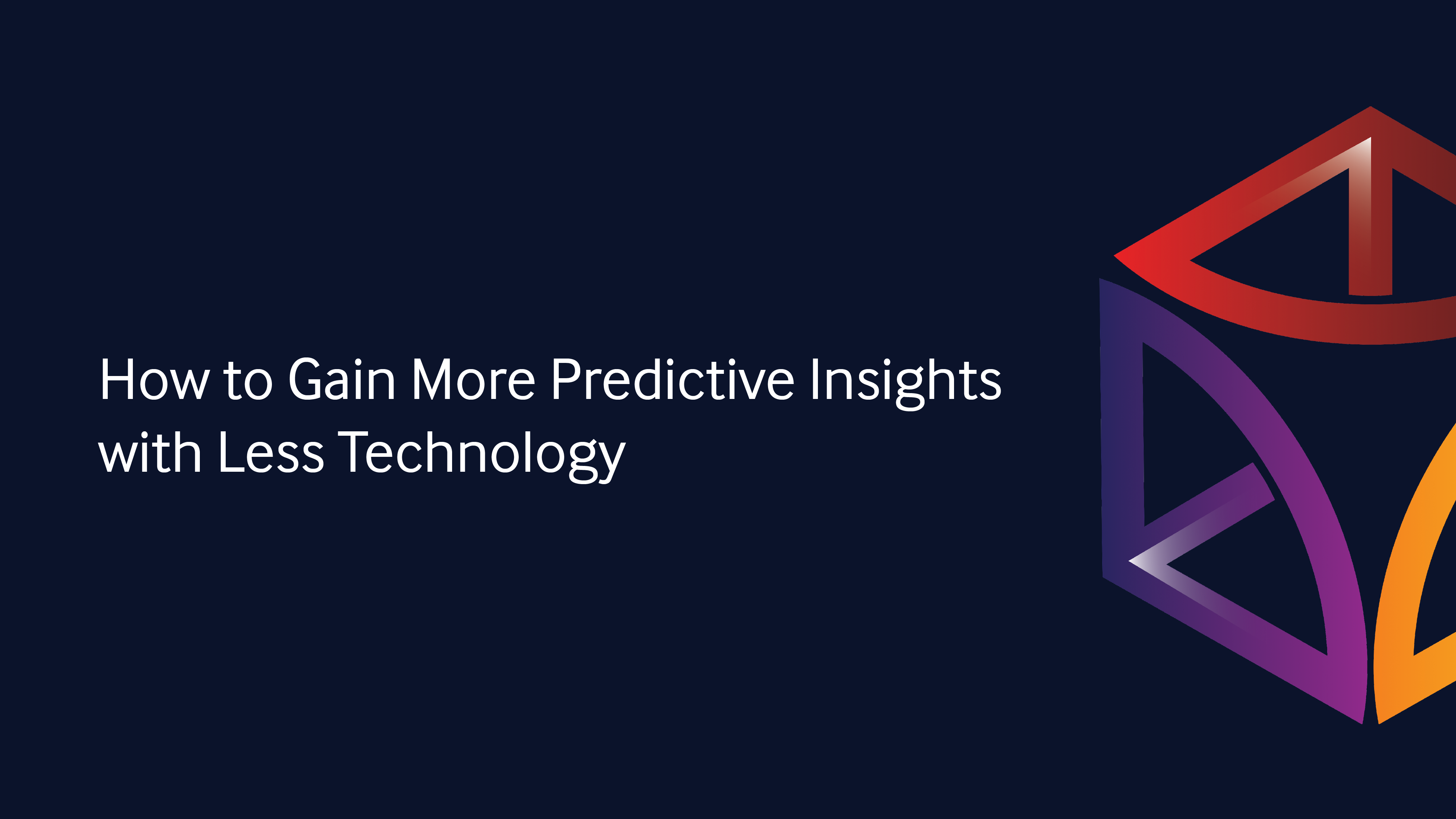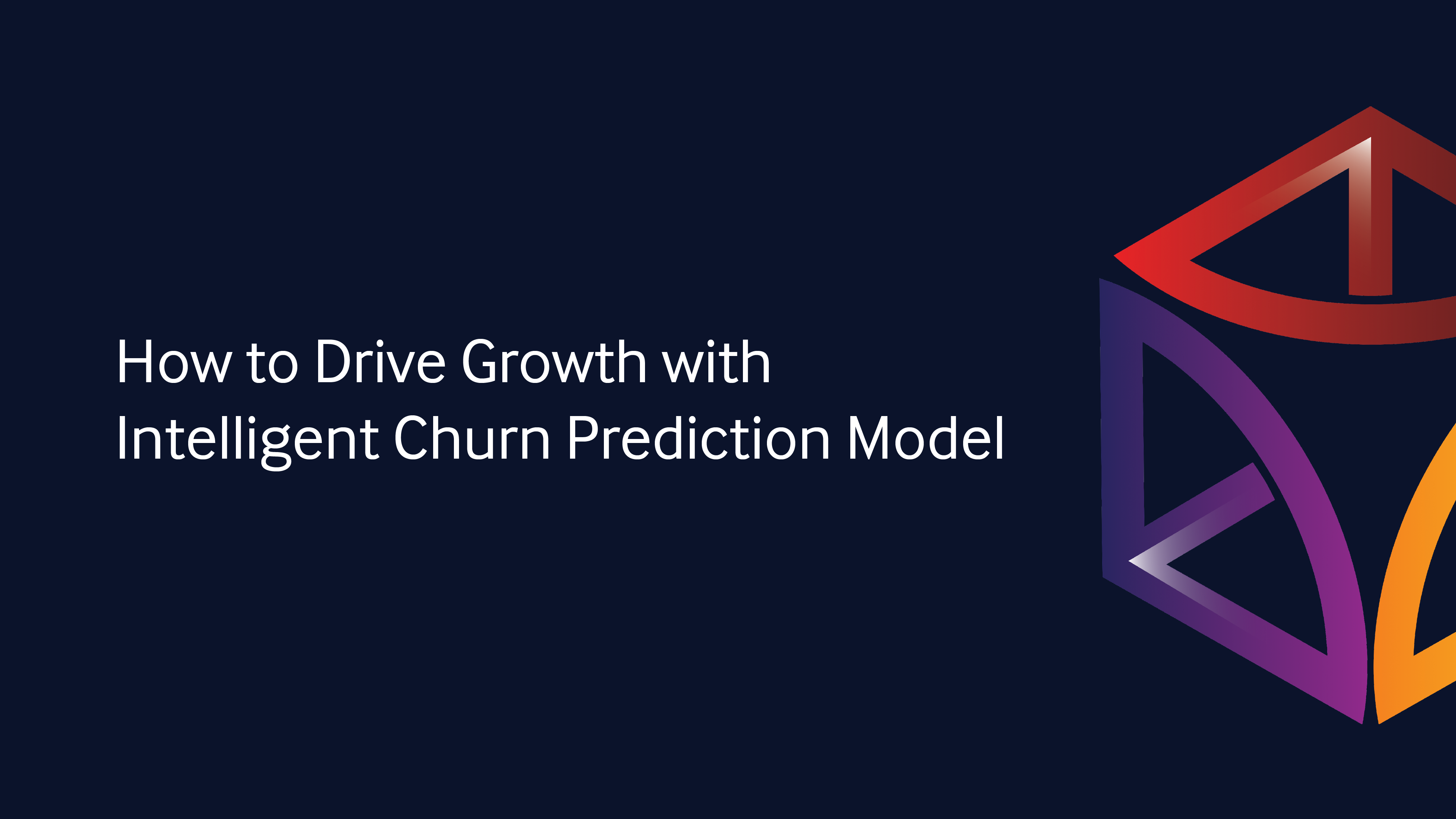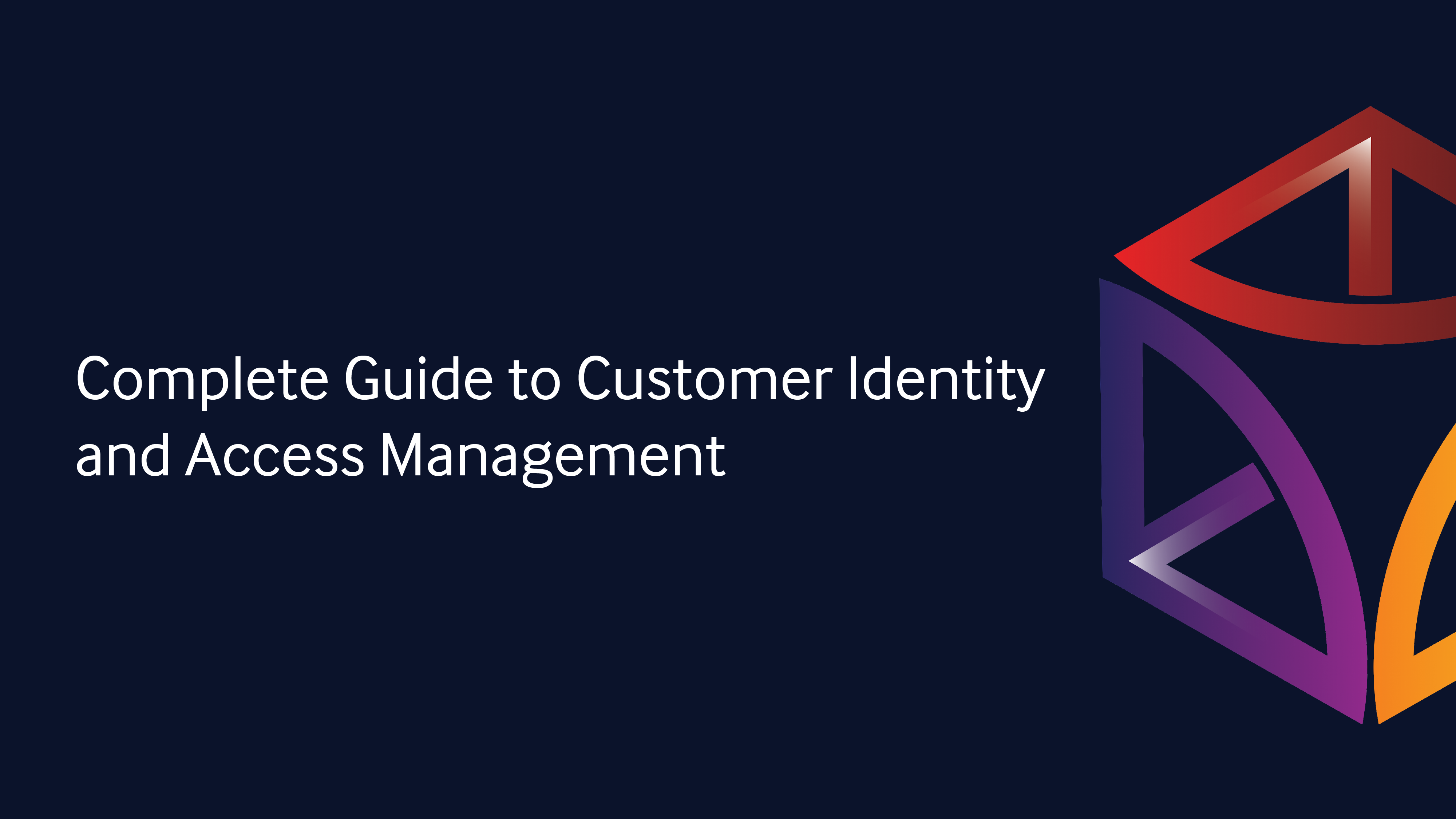The Fundamental Guide to the Modern Customer Data Platform
10 minutes read

The customer data platform market is worth over $2.4 billion. It's a popular form of business software across almost every industry. It lets you learn about your customers and provide them with personalized experiences.
Getting used to these systems can be difficult at first, but it's worth the effort. They're more efficient, accurate, and accessible than attempting to create and use customer data yourself. They're one of the best ways to ensure successful marketing efforts. They also encourage customers to purchase your products or services.
Read our guide to learn more about what a customer platform does, the benefits it provides, and where to find one.
How a Customer Data Platform Works
A customer data platform, abbreviated as CDP, is a system that stores customer data and uses it to help businesses create a complete picture of each current and potential customer. Technology analyst David Rabb coined the term.
If you're wondering what a CDP is, you'll need to understand how it works. Knowing how it gathers and uses data helps you understand how you can use it to improve your business functions.
A customer data platform stores information in a centralized database. Customers are identified with a unique identifier.
Customer data platforms use digital footprints. A digital footprint is a unique data trace of a user's activities, actions, communications, and transactions. They're found on the internet, computers, phones, and more.
Digital footprints are created by any interaction with digital media. Customers create them actively or passively.
Examples of active data-tracing include:
- Social media
- Online chatting platforms
- Phone calls
- Blog posts
Examples of passive data tracing activities include:
- Searching the internet
- Browsing websites
- Online purchases
- Online forms or surveys
Each digital footprint goes into the platform to create a profile for each potential and existing customer. Almost every department can use it to improve effectiveness and profitability.
The primary difference between a customer data platform software and other similar systems is that it's marketer-managed. They're responsible for using and managing the information it contains.
Types of Customer Data
In today's market, businesses want to know as much about their customers as possible. A generalized approach to marketing and sales no longer works. It conflicts with expectations for a more personalized form of engagement.
There are many ways to collect information on customers, but a customer data platform is one of the best. Examples of the types of data it might collect include personal, engagement, behavioral, and attitudinal data.
Personal Data
Personal data includes personally identifiable information such as your social security number and gender. It also includes information such as IP addresses, web browser cookies, and device IDs. This data helps identify the device you're using to use a business's online systems.
This personal data allows companies to identify each customer. It's the beginning of any customer data platform. The system can't provide detailed information on customers if it doesn't know who they are.
Engagement Data
Engagement data shows how a customer interacts with a business's virtual efforts such as:
- Websites
- Mobile apps
- Social media pages
- Emails
- Paid ads
- Customer service routes
Engagement data goes hand-in-hand with personal data. It's different because it shows what the customer or group is doing in addition to who they are.
Behavioral Data
Behavioral data includes specific transactional details that identify what a customer does. It includes purchase histories, product usage information, mouse movement information, and more.
This data helps companies know what their customers are interested in. It allows for personalized recommendations and helps companies create more attractive websites and products.
Attitudinal Data
Attitidunial data measures customer experience. Its metrics determine how satisfied a customer is, why they purchase products, what makes a product desirable to them, and more.
The best customer data platform software collects personal, engagement, behavioral, and attitudinal data into one central system. This makes it easier to access and use.
How to Use Data
Companies can use data collected by a customer data platform in several ways. They allow for personalized marketing efforts. They help maintain current customers and attract new ones. They also improve customer experiences.
How a business uses its customer data is essential. They need to implement the process of householding to increase personalization. They must also embrace new ways of managing and benefitting from the data they collect.
Householding
Sending messages to customer groups can backfire if each message is almost identical. You need to have something more personalized.
Begin by implementing householding. It involves the relationship between individuals, organizations, locations, and time. These relationships are known as "households."
Digital householding takes it a step further. It uses devices, IP addresses, and other types of digital identifiers. The technology allows you to create custom households based on individual or group customer behaviors.
A customer data platform makes digital household creation easier to accomplish.
New Uses
There are several new types and uses of customer data today.
Personal health risk data keeps individuals and groups safe. It involves contract tracing, examining local conditions, and making community-level data-driven decisions. It allows for better personal and group-level decisions. it also reduces harm as long as the data is distributed evenly.
The level of personalization that companies seek to achieve will continue to increase. Finding information on each customer helps provide them with a better experience.
IoT, also known as the internet of things, can also be used to improve engagement. This means gathering customer data from digital documents, webinars, apps, and sensor-based technology. It gives a clearer, more personalized understanding of what customers see as important.

Benefits of a Customer Data Platform
Customer data platforms are critical business software in today's market. They have several benefits, such as centralizing data, increasing its accuracy, improving customer interactions, and increasing profitability.
Centralized Databases
The average business already has 17 unique technology applications housing customer data. While this gives them plenty of options, it makes all their efforts overly complex and less effective.
Customer data platform software creates a centralized database that's easier to access and use.
Increased Data Accuracy
Only 3% of department leaders feel they have an acceptable level of data quality. 47% of new business data has 1 or more critical errors. 57% of marketing efforts become less effective thanks to misinterpreted data.
Customer data platforms create more accurate data. This allows for clearer customer profiles that can be turned into action.
Better Marketing
A customer data platform helps companies learn what their customers are in the market for. This is thanks to the fast, real-time behavioral insights it provides.
Personalized data makes it easier to create personalized marketing methods. It allows you to create emails, ads, and product recommendations for each individual or group of customers.
Improved Customer Experiences
Customer experience is a critical factor when determining whether a potential customer will leave or stay. 89% of consumers have moved to a competitor following a poor customer experience with a brand.
A positive customer experience is crucial. It drives at least 73% of buying decisions, and 86% of customers would pay more for a better customer experience.
A customer data platform allows companies to provide the best possible experience for each customer. It helps them see what each individual or group likes or dislikes. This data can be used to create a plan for how to meet their expectations.
Prioritizing customer experiences is the best way to improve your profitability. This change alone will provide a revenue increase of 80%. It also leads to more purchases because 49% of customers make impulse purchases after an excellent customer experience.
Better Customer Service
A customer data platform helps companies engage with their customers. This extends to all operations, from making an interactive website to customized calls and emails.
One area where customer data platforms have a major impact is customer service. It's easier to resolve any issues when a business has a detailed profile of the customer who's brought the issue to light.
Improved Profitability and Efficiency
A customer data platform saves a business time by keeping all customer data in a central, accessible database. This improves the efficiency of all data management and usage efforts, a benefit that also affects every department that uses the data.
Using customer data leads to increases in revenue. Customer-focused companies increase their revenue 1.4 times faster than their competitors.
These benefits and more will come to any business that properly uses a customer data platform.
Where to Find a Customer Data Platform
Modern businesses may struggle to get enough information about their customers in a digital world where they may not always see them face-to-face. A customer data platform helps solve this problem by gathering digital data and storing it in a central location for all departments to use.
Mastering the right methods for using this information provides several benefits. It increases the accuracy of data and makes it easier to store. It improves marketing efforts and customer engagement. This provides customers with a better, more personalized experience that encourages them to make a purchase.
Put It Forward has a wide range of quality business technology solutions. Check out our customer data platform today.

Elsa Petterson
Partner success manager @ Put It Forward
